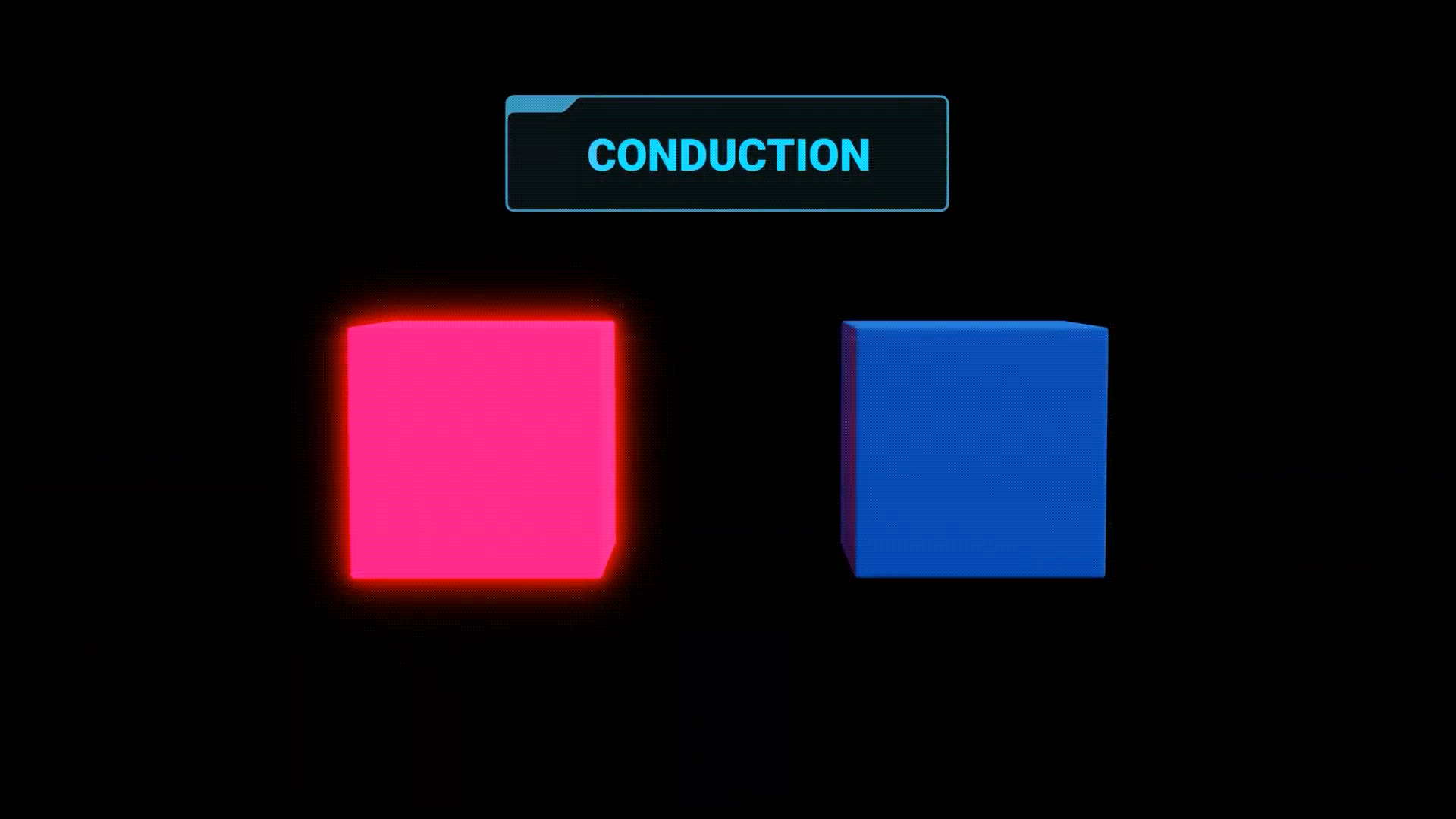Get Tech Tips
Subscribe to free tech tips.
A Tale of Two Latents

When the quiz or the teacher asks what “latent” heat is, there is generally some reference to it being hidden heat, which is what the word “latent” means. We then learn that it is heat energy transferred that results in a change of state rather than a temperature change.
Later on, we hear a lot about how much more heat it takes to change the state of water than it does to change its temperature. We then probably see a graph that looks something like this:

So, we learn pretty quickly that a lot more energy gets moved when we are changing matter from one state to another, and in HVACR, we are going from vapor to liquid and back to vapor again in the refrigerant circuit.
In the condensing coil, we see latent heat rejected as the refrigerant changes from full vapor to full liquid at the condensing temperature.
In the evaporator coil, we see latent heat absorbed as refrigerant changes from mixed vapor/liquid flash gas to full vapor at the boiling temperature.

But there is another type of latent heat we deal with in air conditioning that can confuse people when we talk fast and loose about latent heat and the evaporator. This latent heat is the hidden heat it takes to change water vapor in the air passing over the evaporator to liquid water on the coil surface.
Which is Which?
Inside the evaporator, there is the latent heat of vaporization as heat conducts into the coil and boils the refrigerant. That internal temperature is fixed so long as the pressure remains the same across the coil and the refrigerant is a single component or azeotropic (no glide). There are refrigerant blends that do change the increase in temperature through the coil through “glide,” but set that aside for another article. (Actually, that would be this article right HERE.)
On the outside of the coil, there is latent heat transfer out of the water vapor, causing it to condense on the coil fins so long as the coil is below the dewpoint temperature of the air. That is why we use the term “latent capacity” to describe the ability an air conditioner has to remove moisture at certain conditions.

These two latent heat transfers impact one another indirectly. All the heat that the air moves over the coil and imparts to the evaporator is transferred via conduction through the tubing (or microchannel) walls of the evaporator.
Let's break that down a bit.
Convection is heat transferred through a moving fluid. So, heat moving THROUGH the refrigerant is moving via convection. Heat moving THROUGH the air over the coil is also transferred via convection.


But there is no direct fluid connection between the refrigerant in the tubing and the air moving over the coil, is there? (Unless you have a big coil leak.)
The heat that moves out of the air and into the refrigerant has to move through the solid walls of the coil, and the only kind of heat that can make it through a solid with any significance is conduction.
This means that the only way that the latent heat inside the refrigerant and the latent heat in the air connect is via SENSIBLE temperature difference across the metal walls.
When the air moving over the evaporator has more moisture in it—therefore, a higher RH and dewpoint—the surface temperature of the coil is increased so long as the coil temperature is below the air dewpoint.
When the surface temperature of the coil is held “higher” by more latent heat of condensation on the coil, more heat enters the refrigerant inside the evaporator, resulting in a higher evaporator pressure and higher boiling temperature inside the coil (especially in a TXV/EEV system).
That may sound like magic, but the quantity of heat that can enter the evaporator is as simple as the temperature difference between the inside of the coil where the refrigerant is and the outside of the coil where the air is. Because we have the potential for latent heat transfer on each side, this temperature difference has many contributing factors that can make the math a bit confusing.
Just remember—there are two kinds of latent heat at play:
- Refrigerant boiling inside the evaporator.
- Water condensing on the outside of the evaporator.
Heat interacting between the two moves from higher temperature to lower temperature via conduction.
Simple!
—Bryan
P.S. – If you want to learn more about heat transfer, including the specific values of the latent heat of vaporization, check out this article. We also cover those topics in our Heat and Comfort Basics 3D video.











Comments
To leave a comment, you need to log in.
Log In